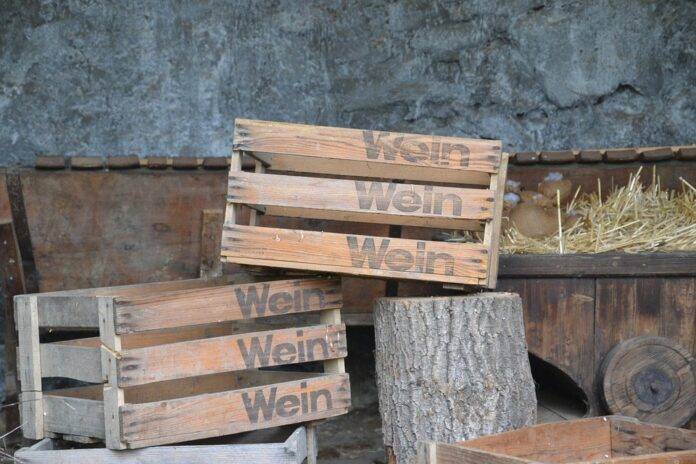Introduction
Packaging design plays a crucial role in influencing consumer perception and shelf presence for boxed wine products. In the highly competitive wine industry, where visual appeal and branding are key factors in driving sales, the design of a wine package can make or break a consumer’s decision to purchase. This report explores how packaging design impacts boxed wine perception and shelf presence, using real-world examples, industry insights, and financial data.
Importance of Packaging Design in the Wine Industry
Consumer Perception
Packaging design is the first point of contact between a consumer and a product. In the case of boxed wine, the packaging serves as a visual representation of the brand, quality, and value of the product. A well-designed package can convey sophistication, elegance, and premium quality, influencing consumers to perceive the wine inside as superior.
Shelf Presence
On crowded store shelves, boxed wine packages must stand out to attract consumer attention. Eye-catching designs, bold colors, and unique shapes can help boxed wine products differentiate themselves from competitors and increase visibility. Packaging that is aesthetically pleasing and memorable can drive impulse purchases and encourage consumers to try a new wine brand.
Factors Influencing Packaging Design in the Wine Industry
Brand Identity
Packaging design must align with the brand identity of the wine producer. Whether a winery focuses on luxury, sustainability, or innovation, the packaging should reflect these values and resonate with the target audience. Consistent branding across all marketing channels, including packaging, builds brand recognition and loyalty among consumers.
Target Market
Understanding the preferences and behaviors of the target market is essential in designing packaging that appeals to consumers. Demographic factors such as age, income, and lifestyle influence design choices, from color schemes to typography. Packaging that resonates with the target market can create an emotional connection and increase brand loyalty.
Case Studies: Successful Packaging Designs in the Boxed Wine Industry
Black Box Wines
Black Box Wines is a leading producer of premium boxed wines known for its innovative packaging design. The brand’s signature black box with gold accents exudes sophistication and luxury, appealing to consumers looking for a high-quality wine experience. Black Box Wines’ sleek packaging design has helped the brand stand out on store shelves and attract a loyal customer base.
Bota Box
Bota Box is another standout in the boxed wine industry, known for its eco-friendly packaging design. The brand’s commitment to sustainability is reflected in its use of recyclable materials and minimalist design. Bota Box’s environmentally conscious packaging appeals to consumers who prioritize sustainability and eco-friendliness when making purchasing decisions.
Financial Impact of Packaging Design on Boxed Wine Sales
Sales Growth
Packaging design has a direct impact on boxed wine sales performance. Brands that invest in well-designed packaging often experience increased sales and market share. According to industry data, boxed wine sales have been steadily growing in recent years, with innovative packaging designs playing a significant role in driving consumer interest and demand.
Return on Investment
While the upfront costs of packaging design can be significant, the return on investment for brands that prioritize design quality is substantial. Research shows that consumers are willing to pay more for products with premium packaging, leading to higher profit margins for wine producers. Investing in packaging design can result in long-term financial benefits for boxed wine brands.
Future Trends in Packaging Design for Boxed Wine
Sustainability
As consumers become more environmentally conscious, sustainable packaging design is expected to be a key trend in the boxed wine industry. Brands that prioritize recyclable materials, biodegradable packaging, and eco-friendly production processes are likely to gain a competitive edge and attract eco-conscious consumers.
Digital Integration
Innovations in digital technology are reshaping packaging design in the wine industry. Augmented reality, QR codes, and interactive packaging elements are being used to enhance consumer engagement and create unique brand experiences. Brands that embrace digital integration in packaging design are poised to capture the attention of tech-savvy consumers.
Conclusion
Packaging design plays a critical role in influencing boxed wine perception and shelf presence. Brands that prioritize design quality, align packaging with brand identity, and cater to the preferences of the target market are more likely to succeed in a competitive market. By investing in innovative and eye-catching packaging designs, boxed wine producers can drive sales, build brand loyalty, and stay ahead of industry trends.




